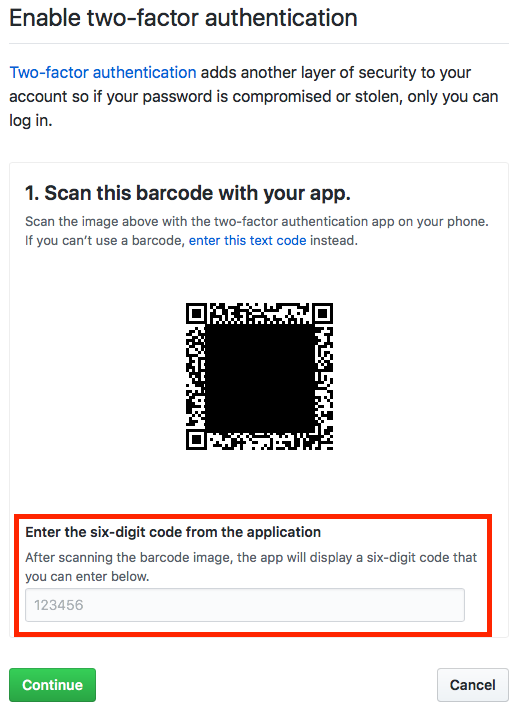

Real projects have live resources, like database instances, storageīuckets, functions, or any other resource you set up for that Firebase Local Emulator Suite supports emulation of real Firebase projects andĪ real Firebase project is one you created and configured (most likely Guidance on setting and managing project IDs, see the Installation and configuration guide. Multiple project IDs in use, though you can override this behavior. In fact, by default, the Local Emulator Suite will warn on detecting

Running instances of a particular emulator can communicate correctly in allĬases. Invocations, so the Emulator Suite UI, different product emulators, and all Note: It's generally a good practice to use one project ID for all emulator To select the project to use, before you start the emulators, in the CLI runįirebase use in your working directory. The Firebase Local Emulator Suite emulates products for a single Firebase project. Check authentication-related messages in the Emulator UI Logs tab.Prototype custom token authentication systems.Phone number/SMS, SMS multi-factor, and third-party (e.g. Create, update and manage emulated user accounts for testing email/password,.Paired with the Apple platforms,Īndroid and Web Firebase SDKs, the emulator lets you: The Authentication emulator provides high-fidelity local emulation ofįirebase Authentication services, providing much of the functionality found in What can I do with the Authentication emulator? If needed, review the documentationįor your combination of platform and authentication technique. This topic assumes you are already familiar with developingįirebase Authentication solutions for production.

The Local Emulator Suite and review its CLI commands. You understand the overall Firebase Local Emulator Suite workflow, Before using the the Authentication emulator with you app, make sure that


 0 kommentar(er)
0 kommentar(er)
